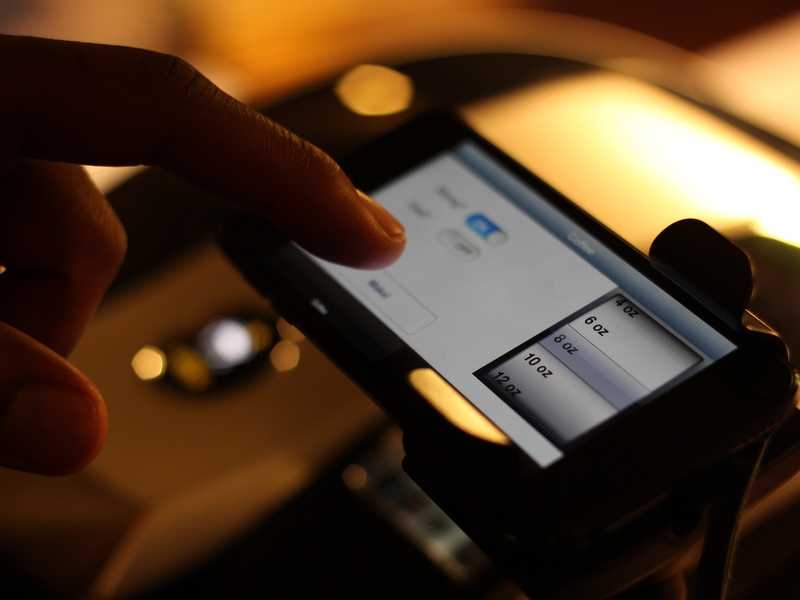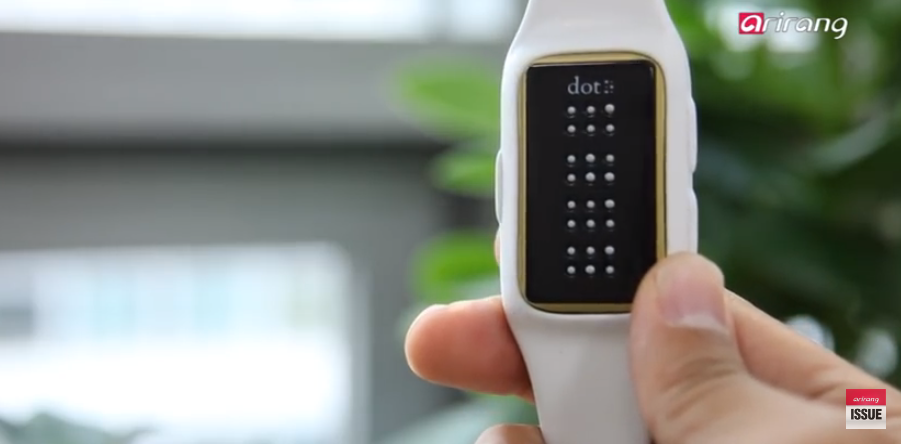Discover Innovative Tools Created for the Aesthetically Damaged
The development of ingenious tools for the visually impaired represents a substantial development in ease of access and independence. Technologies such as wise glasses with AI capabilities and mobile applications developed to provide acoustic descriptions are reshaping day-to-day experiences for users.
Smart Glasses for Navigating

Smart glasses made for navigation are reinventing the way visually impaired individuals interact with their environment. These innovative gadgets utilize a mix of video camera modern technology, fabricated intelligence, and acoustic comments to offer real-time details about surroundings. By using obstacle discovery systems, clever glasses can inform customers to possible dangers, making it possible for more secure mobility in both acquainted and unknown setups.
The assimilation of GPS modern technology further improves navigation capabilities, allowing individuals to receive acoustic directions as they relocate. This hands-free strategy not just promotes self-reliance however likewise empowers visually impaired individuals to navigate urban landscapes with enhanced confidence. In addition, lots of wise glasses are outfitted with functions that recognize landmarks and road signs, offering contextual information that enhances the customer experience.
Moreover, the growth of these gadgets is continually advancing, with firms working to improve the precision of item recognition and increase the series of navigational functions. As wise glasses come to be more affordable and easily accessible, they hold the prospective to dramatically transform life for visually damaged users. Eventually, these ingenious tools represent an important action toward inclusivity, offering improved movement and a higher sense of freedom for people navigating the world around them.

Mobile Application for Daily Living
Exactly how can mobile applications boost the day-to-days live of aesthetically impaired individuals? Mobile applications are transforming the means aesthetically impaired users browse their settings, take care of day-to-day tasks, and accessibility details. These applications supply important support via different performances, promoting independence and improving high quality of life.
A number of innovative mobile applications are made specifically for everyday living. Apps like Be My Eyes attach visually damaged individuals with sighted volunteers using video clip phone calls, permitting them to get real-time help with jobs such as checking out labels or browsing unfamiliar spaces. In A Similar Way, Seeing AI, created by Microsoft, uses fabricated intelligence to describe surroundings, reviewed text, and determine things, successfully changing a smartphone into an effective tool for daily support.
In addition, navigating apps tailored for the visually damaged, such as Aira and BlindSquare, offer audio-based instructions and ecological information, making it possible for users to traverse their surroundings safely and with confidence. Past navigation and instant support, mobile applications likewise sustain company and job monitoring, with attributes that help individuals set pointers, create to-do checklists, and track visits. In recap, mobile applications act as essential resources, empowering visually impaired people to lead more independent and satisfying lives.
Wearable Technologies for Aid
Empowerment through technology is increasingly evident in the realm of wearable tools created to help visually damaged individuals. These cutting-edge tools integrate seamlessly right into every day life, enhancing navigation and providing vital feedback to customers. For instance, smart glasses equipped with video cameras can check out and identify faces text aloud, enabling customers to connect more with confidence in expert and social settings.
One more significant development is using haptic feedback systems in wearable tools. These systems utilize vibrations or various other responsive signals to communicate information regarding the customer's setting, such as barriers or adjustments in terrain, boosting mobility and safety. Wearable technologies also consist of wristbands that attach to smart devices, signaling individuals to alerts with refined vibrations, hence improving connection without reliance on aesthetic hints.
As these technologies remain to develop, they are not only improving independence for visually damaged individuals however additionally promoting a greater sense of incorporation in society. By bridging the space between difficulties dealt with in daily living and the potential for autonomy, wearable modern technologies work as crucial tools in the quest for equal rights and empowerment for more tips here those with aesthetic problems.
Audio Summary Devices
Sound summary tools play an important function in enhancing ease of access for visually damaged individuals, supplying them with the capability to involve with aesthetic media. Mobility aids for visually impaired users. These tools use narrated descriptions of key aesthetic elements in movies, television shows, and live efficiencies, making certain that individuals can fully understand the context and emotions conveyed with visuals
Audio description can be incorporated into numerous systems, including streaming services, cinema screenings, and live cinema. Numerous popular streaming services currently include audio description as an access feature, permitting visitors to select it conveniently. Along with mainstream media, specialized apps also exist, giving audio summaries for art events, galleries, and other social occasions.
The efficiency of audio summary pivots on the ability of the storytellers, who need to share visual details succinctly without detracting from the original audio. Technologies in this area are likewise paving the way for more tailored experiences, where users can readjust the degree of detail and pacing according to their preferences.
Braille Innovations and Tools
Braille devices and technologies have dramatically changed the way aesthetically impaired individuals engage with message and info. Modern innovations have actually caused the growth of flexible tools that improve proficiency and self-reliance among customers. Notably, Braille show innovations have actually developed, enabling vibrant analysis experiences. These devices transform digital message into Braille, allowing individuals to access a substantial range of information on smartphones, tablets, and computers.
Moreover, portable Braille notetakers integrate conventional Braille input with contemporary performances, assisting in note-taking, organizing, and paper editing on the move. Speech-to-text devices for low vision. These compact tools commonly include text-to-speech capabilities, bridging the void between Braille and acoustic information
In enhancement, cutting-edge Braille printers have actually arised, allowing individuals to create Braille tags, files, and academic products efficiently. This accessibility promotes better engagement in visit our website educational and professional settings, eventually promoting inclusivity.
Moreover, research study right into wise Braille innovations proceeds to broaden. Gadgets that incorporate man-made knowledge are being explored to offer real-time navigation support and contextual details, improving the customer experience in diverse setups. In general, these developments mirror a commitment to equipping aesthetically damaged people with technology, guaranteeing they can quickly accessibility and involve with the world around them.

Verdict
The improvement of ingenious devices for the visually impaired substantially enhances self-reliance and quality of life. Smart glasses, mobile applications, wearable technologies, audio summary tools, and Braille technologies collectively empower people by supplying crucial navigation assistance, environmental awareness, and enhanced reading experiences. These modern technologies not only foster higher inclusion however likewise advertise autonomy in daily activities, eventually adding to a more equitable and accessible society for aesthetically impaired individuals. Proceeded growth in this area holds pledge for further improvements.
As clever glasses become much more budget friendly and easily accessible, they hold the prospective to considerably transform daily life for aesthetically impaired individuals. Mobile apps are reinventing the method visually impaired individuals navigate their atmospheres, handle day-to-day tasks, and access details. Apps like Be My Eyes attach visually impaired customers with sighted volunteers by means of video clip phone calls, enabling them to receive real-time aid with jobs such as checking out tags or navigating strange useful reference areas.In addition, navigating applications customized for the aesthetically impaired, such as Aira and BlindSquare, provide audio-based directions and ecological details, making it possible for customers to traverse their environments securely and with confidence.The development of cutting-edge tools for the aesthetically damaged dramatically boosts freedom and high quality of life.